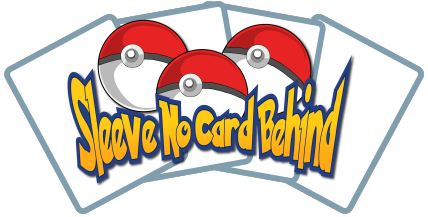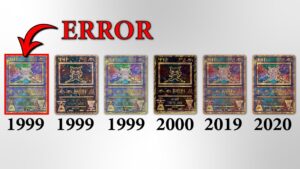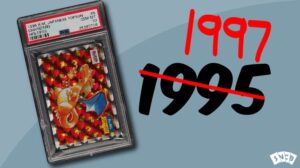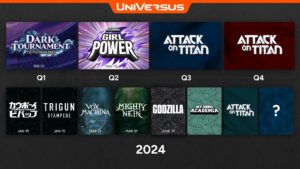How to Choose a Commander for EDH
-
By: Oliver Copeland
- Published:
- Last Updated: December 3, 2023
Commander is a popular format in Magic: The Gathering (Magic) that allows players to choose any legendary creature from the game’s history to be their commander. It differs from other formats in that each player has exactly 100 cards (including their commander), and all of them must be unique (except for your basic lands) and all of them must be within the colors of your commander (any color of mana used in the casting cost or rules text on the card, called the color identity) or be colorless. In addition, each player starts with 40 life. Your commander, whoever you choose, has the ability to synergize your deck-meaning, essentially, if chosen well, your commander makes your deck more powerful. So, how do you know which commander to choose, exactly? It can be hard to know where to start, but we’re here to help! In this article, we’ll discuss what makes a good commander, how to choose a commander for your specific deck, and several powerful commanders you should consider.
Important Things to Know about Your Commander
Before we start, it is necessary to note that only legendary creatures can be commanders. Your card will say “legendary creature” immediately below the graphic art on the card.
Also, it is necessary to know that your commander starts in the command zone. When in the command zone, your commander’s abilities do not take effect (except in rare commander cases, such as creatures with the Eminence ability; Oloro, Ageless Ascetic; and Yuriko, Tiger’s Shadow). On your turn, you must spend mana to cast your commander from the commander zone onto the battlefield. Every time your commander leaves the battlefield, it goes back to the command zone (instead of your graveyard or wherever else it was headed), and subsequently costs two more cumulative mana to cast.
Technically, the rules state that you can choose to send your commander back to the command zone if it would leave the battlefield. However, manipulating this rule is a higher level of gameplay and when you are just learning this format, it would be overwhelming to attempt to understand how this might work. For now, send your commander back to the command zone.
Finally, you might need a reminder that your commander dictates the color of cards you can have in your deck. You cannot include blue cards, of any type, if your commander only has red and black in its mana identity.
Notably, mana identity also includes and colors your commander’s text box. For example, Alesha, Who Smiles at Death would be red, black, and white.
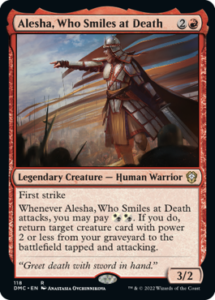
What Makes a Good Commander?
When it comes to choosing a commander for your EDH deck, there are arguably two main things you should take into account.
First and foremost, your commander should be a creature that you’re comfortable playing with. If you do not know how to use your commander in a fast-paced round with a lot of things to track, you will be at a disadvantage. Know the abilities your commander has (both activated and triggered abilities), how the abilities interact with your other creatures, and the overall game plan. Once you have a good understanding of this, you can better utilize your commander to help you win.
Lastly, your commander should be someone you’re able to have fun with! If you don’t enjoy using your commander, what is the point? When playing commander, unless you are playing competitively, you are generally playing to enjoy the experience with friends. Choosing a commander that will facilitate such enjoyment will lead to a better gameplay experience for you and others.
Keep these things in mind when selecting your commander, and you’ll be sure to find the perfect leader for your EDH/Commander deck.
Partner Commanders
One of the most popular ways to play Commander is with what’s called a partner commander. In this situation, a player has two commanders that they can use interchangeably, or more often, simultaneously throughout the game.
There are a few things to keep in mind when choosing partner commanders.
First, you’ll want to make sure that your commander states on the card that it can be played as a partner commander. If it does not, then you cannot just simply combine any two legendary creatures together. Some commanders, like Will Kenrith and Rowan Kenrith can only be paired with each other, but not other partners.
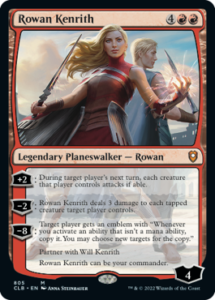
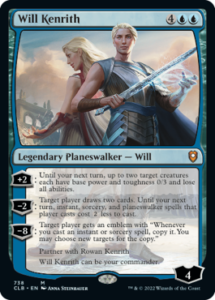
Next, your Commanders should have complementary abilities. For example, if one commander has a lot of direct damage abilities, you’ll want to choose a second commander that has healing or defensive abilities.
You’ll also want to make sure that your commanders can easily be played in the same deck. This means avoiding cards with conflicting mana costs or creature types if one of your commanders cares about other creatures of its same type, called a “tribal” deck.
Finally, you’ll want to consider how your partner commanders will interact with each other. Will they be able to share resources? Will they be able to directly help each other?
Keep these things in mind when choosing your partner commanders and you’ll be sure to have a blast!
Can a Planeswalker be a Commander?
In the game of EDH, players take on the role of a powerful commander leading their army to victory. But what happens if your commander is a planeswalker? Can they still serve as a commander?
Yes! While planeswalkers have a different focus than traditional commanders, they can still be powerful leaders in their own right. As long as the card states that “{card name} can be your commander” then it can. If it does not state that, then it cannot.
Secret Commanders
Sometimes, you may find it useful to keep your “commander” hidden before the game starts. You have to share who your commander is with your opponents, but what if the real “commander” was one of the 99 cards in your deck? This can help to keep opponents from choosing decks to specifically counter yours or if you want to play more colors than your commander has.
If you go with this route, be sure to include enough tutors to reliably be able to cast your secret “commander” each game. Also, include enough recursion that you can bring them back if they get removed.
This strategy can keep your opponents on their toes but can also backfire spectacularly if you’re not prepared to deal with losing your secret commander. Choosing this strategy carefully and planning accordingly is key!
Most Popular Commanders
The most popular commanders in EDH are constantly changing. With each new Magic set, and new preconstructed decks (think the boxed decks you can buy at big box stores, or even better, at your local game store), the most popular commander list is always updating. What if there was a source that told Magic players which commanders are currently the most popular? There is! You can visit EDHREC to see a list of commanders ranked by the number of decks they currently have on various platforms on the internet.
Final Thoughts
When it comes to choosing a commander for your EDH deck, there are so many options you can theoretically choose from, as long as you follow the guidelines above. With so many incredible options available, it can be tough to decide which one is right for you. Ultimately, the decision comes down to what kind of strategy you want to employ and what kind of commander will best suit your playstyle. Fortunately, there are plenty of resources available to help you make your decision. So, take your time, do your research, and choose the commander that will help you take your EDH game to the next level!
